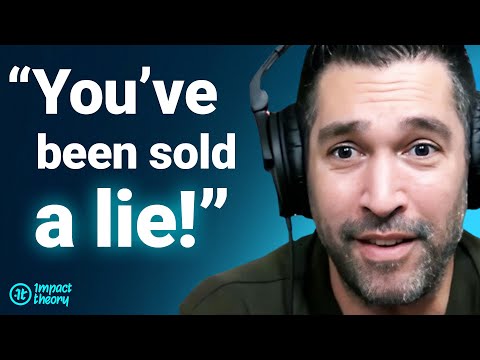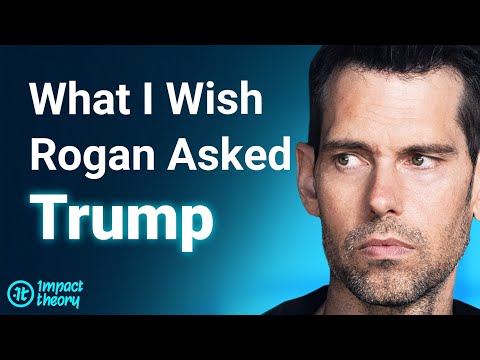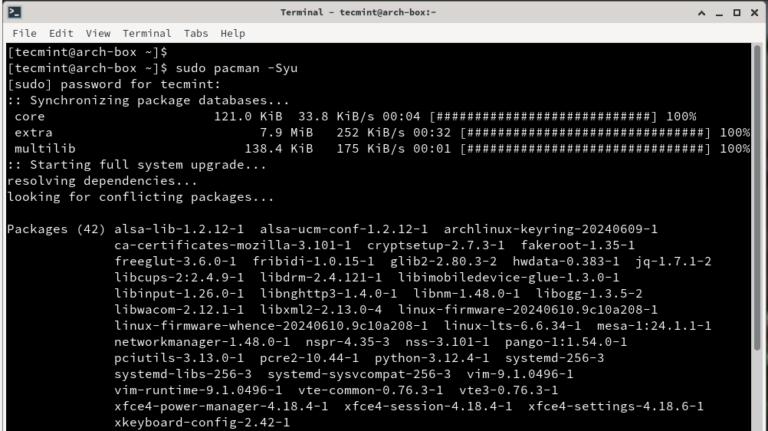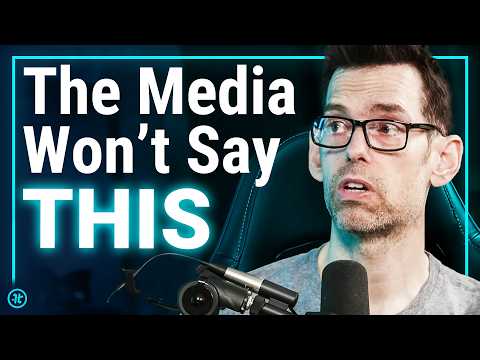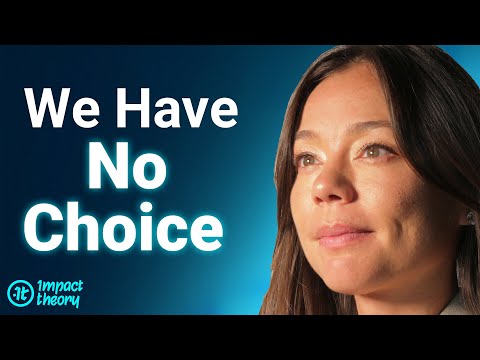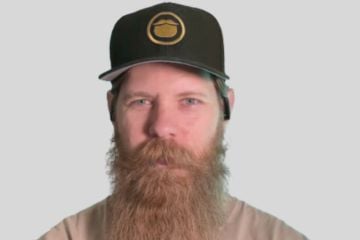
For this week’s “Ecommerce Conversations,” I’m offering another master class on entrepreneurship. It’s my fourth this year, following episodes on hiring, branding, and profit-building.
My goal is to help existing and future entrepreneurs based on operating Beardbrand, my direct-to-consumer company, for a decade now. This installment is my most important master class to date. It’s about setting priorities for business and life.
My entire audio is embedded below. The transcript is edited for clarity and length.
Purpose
A common entrepreneurial mistake is building a business without intention or purpose. There are many ways to approach entrepreneurship, but I focus on creating a company that gives me freedom — doing what I want, when I want, with people I enjoy working with. That’s my North Star, and it influences every decision.
Your North Star might be different, but it’s important to define it early. For me, I lean toward less drama and more personal freedom. Bigger companies with rapid growth often have more lawsuits, employee issues, and general chaos. I keep things simpler to avoid unnecessary headaches.
If you aim to build a massive, high-growth company and sell it for millions as quickly as possible, this approach isn’t for you. But if you value a sustainable business that supports your lifestyle and aligns with your values, that’s what I’m here to share.
Profit Equals Freedom
A common mistake for entrepreneurs is chasing revenue instead of bottom-line profit. They obsess over gross sales, but the key is what you can keep, your net profit. High revenue with slim margins won’t give you freedom.
Money has never been important to me. My first job paid $11 an hour at a Dell call center. My parents were upper-middle class and supportive, but they were not investors in Beardbrand beyond buying products and cheering me on.
What kept me afloat was simple math: spend less than you earn. When income drops, cut expenses. When income rises, save aggressively. That cycle of living below my means has created financial stability over time.
Remember, freedom comes from strong margins.
Improving margins means lower costs (mostly for products and customer acquisition), higher prices to customers, or both. Entrepreneurs tend to focus on marketing, such as Facebook and Google ads and search engine optimization. But those channels can become more expensive over time and erode margins.
It’s just as important to lower the cost of goods while improving the end products so customers will pay more. Efficient supply chains and nonstop product improvement are critical.
A common trap is holding onto low-margin products because they generate top-line revenue. If a product doesn’t contribute to your bottom line, it’s not worth keeping — you’re working for free. But don’t abandon products too quickly. Test ways to cut costs, raise prices, or acquire customers more affordably. If those efforts fail, discontinue the item.
External Funds
Entrepreneurs often take on loans or seek investors, but the goal should always be to build the company without outside debt or equity.
The traditional route — bank loans, venture capital funding, or friends and family — means taking on debt or giving up ownership. A better option is customer financing. Crowdfunding platforms such as Kickstarter sell your product to consumers before it exists, providing seed money and real-world feedback while reducing risk and maintaining ownership. No debt payments. No investors telling you how to run your business.
Before borrowing money, ask if there’s another business to build first, perhaps a product launch in small batches. To start Beardbrand, I made 100 bottles of beard oil in my kitchen. Small beginnings can still lead to freedom.
Remember why you started. Is it for freedom, wealth, or ego? For those chasing freedom, avoid debt if possible. Fund your business in a way that keeps you in control.
Long-term
Too many business owners have a short-term mindset. We’re all bombarded with stories of entrepreneurs selling their businesses for millions. That narrative gets beaten into our heads: build fast, exit fast, make millions. But think long-term. Not just five or 10 years out, but 50 or 100 years — a multi-generational business.
For that to happen, you have to love showing up every day. And that usually starts with being profitable. Losing money is not fun. Cut unprofitable products, downsize, or humble your lifestyle to fix cash flow.
Beyond finances, entrepreneurs choose who they work with. That’s a gift.
Ultimately, think about your kids. Would they want to take over your business? If so, integrate them in a way they enjoy, not out of obligation. That requires investing time with your family now, away from the business, so they’ll want to be part of it later.
Self-invest
A long-term vision does not mean neglecting other aspects of life. I’m investing in my health and mindset — ensuring my body and mind are ready for my kids, grandkids, and the company as I age.
I exercise six days a week — three lifting and three rowing. I built a garage gym for time-saving convenience.
For my mental health, my family and I travel to Denmark every summer. It’s not a vacation — I still work — but being in a new place sparks adventure. For me, that’s travel. Others may value hobbies, gardening, or whatever keeps their lives interesting.
Priorities
How we spend our time is a key decision in life. It starts with knowing our priorities — serving our body, mind, business, spouse, kids, and friends.
I write in a Moleskine notebook what’s important to me. Then I rank them. No ties, no equals. For me, family ranks above business.
But above all, I prioritize my health and mindset. I can’t show up for my wife, kids, or company if I’m absent physically, mentally, or emotionally. You can’t pour from an empty cup. Get clear on your list.

